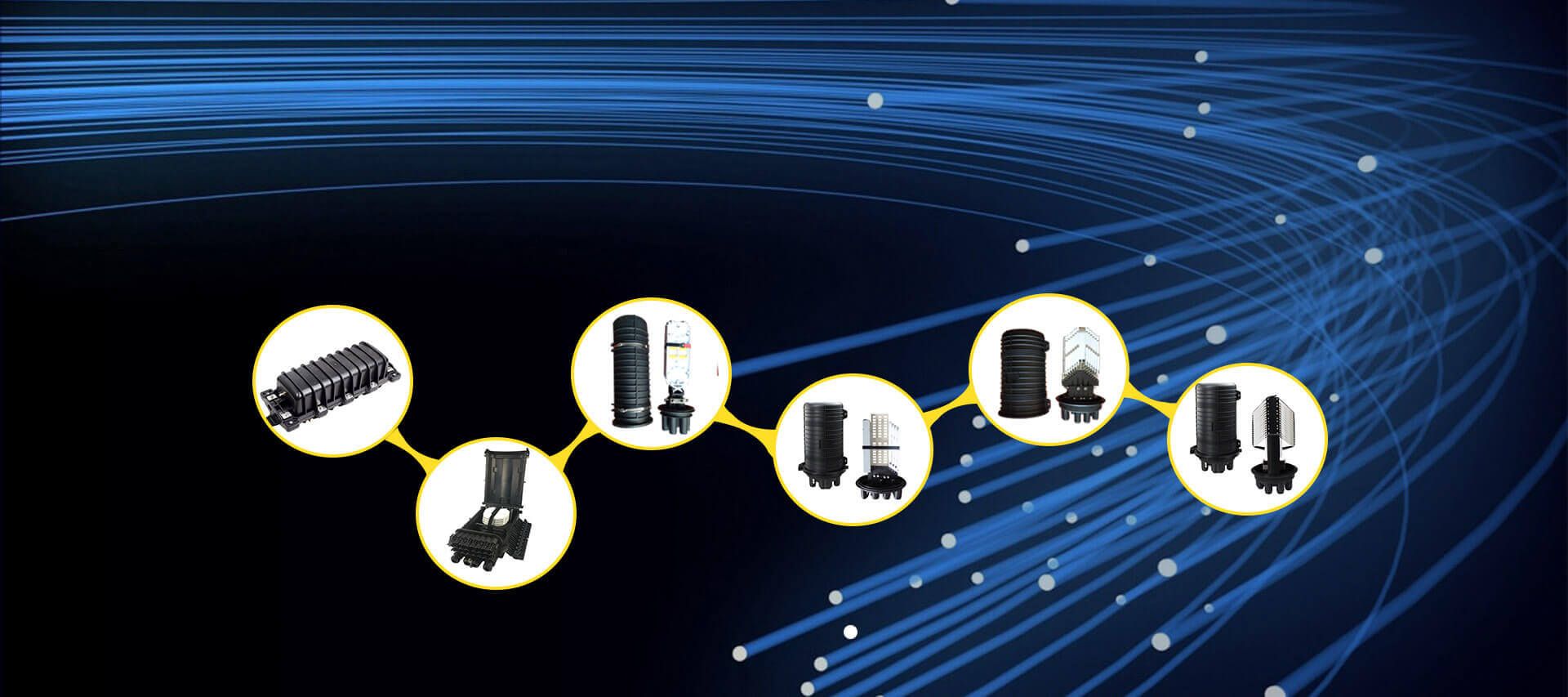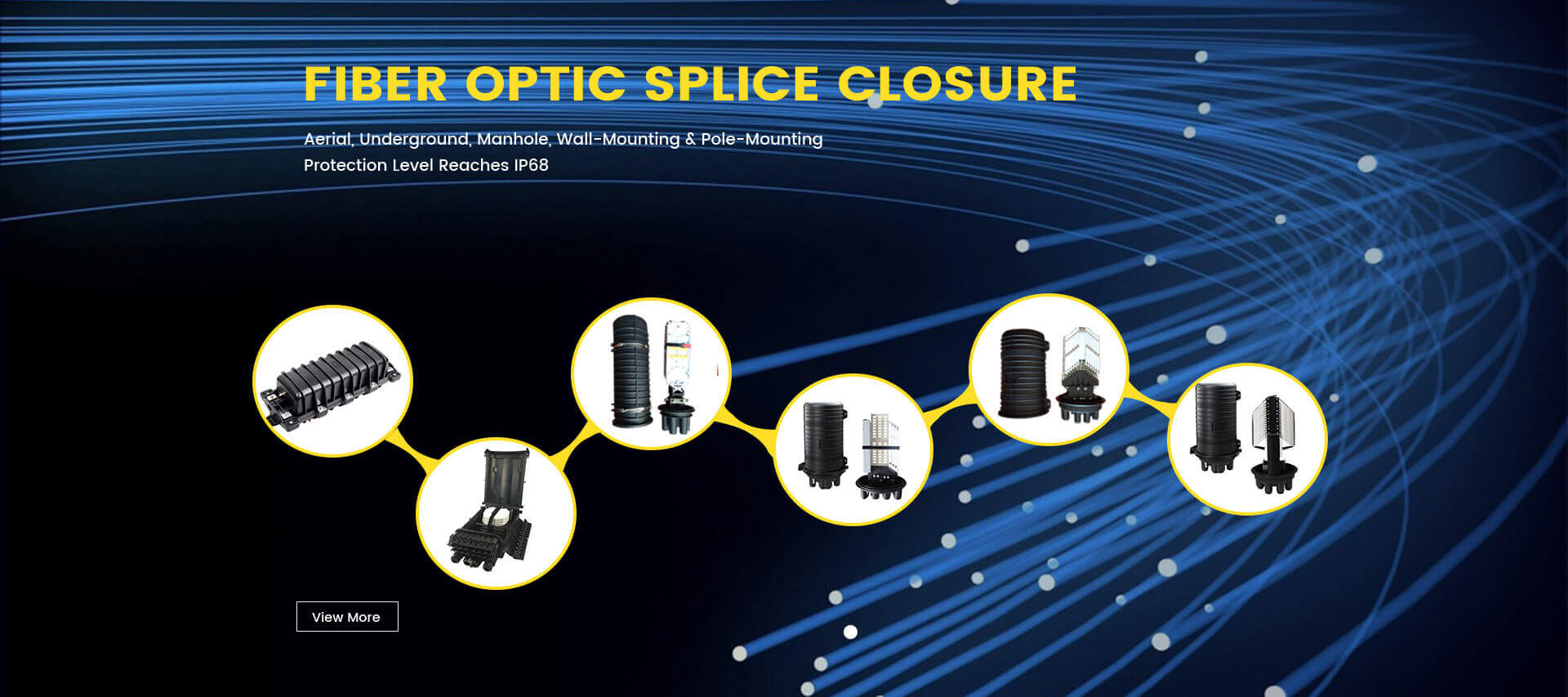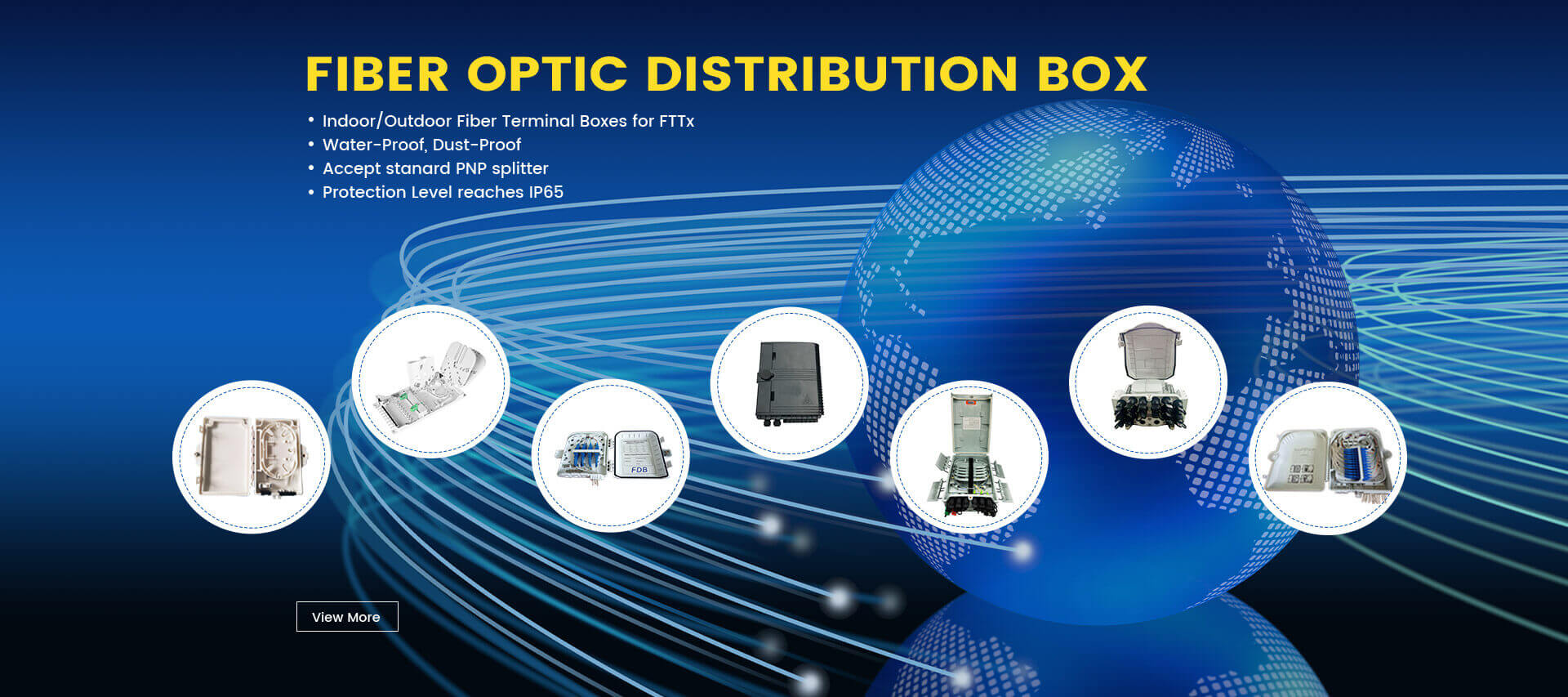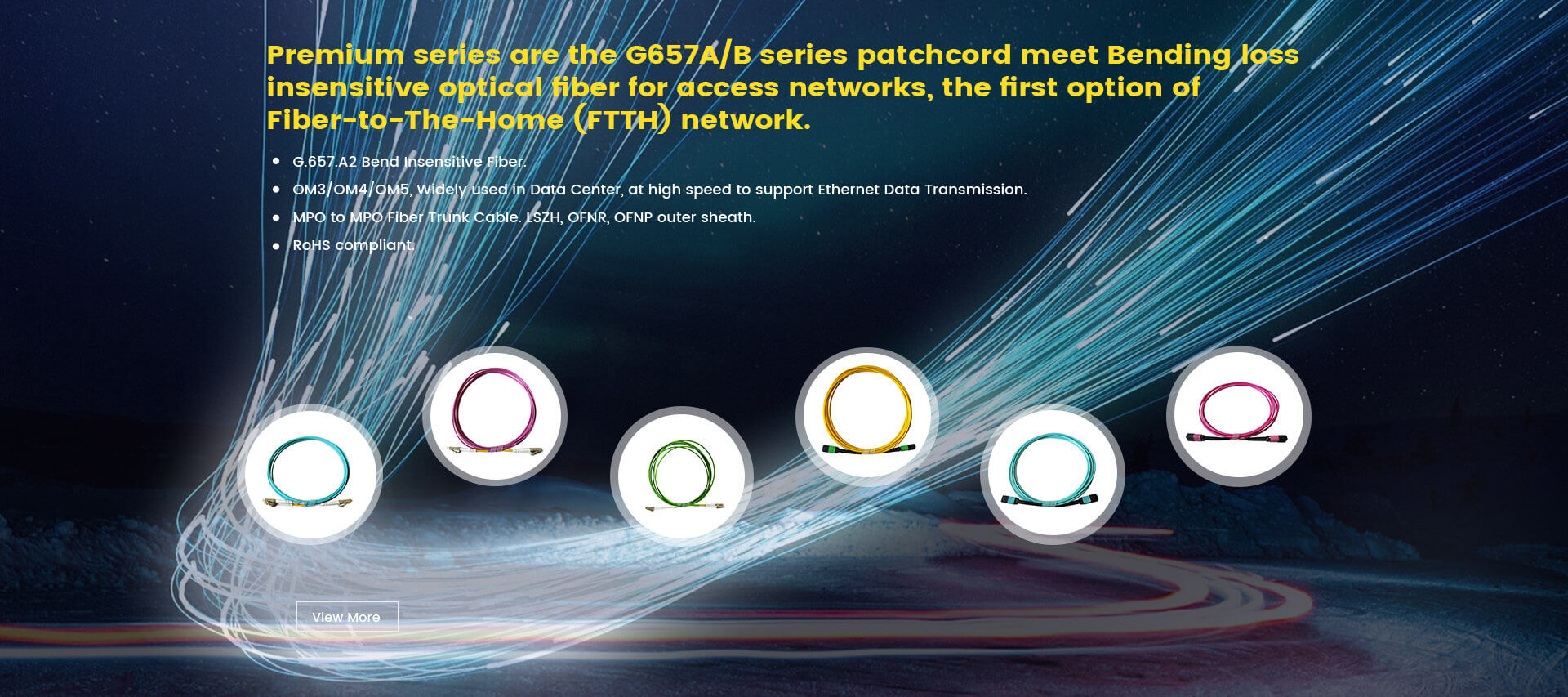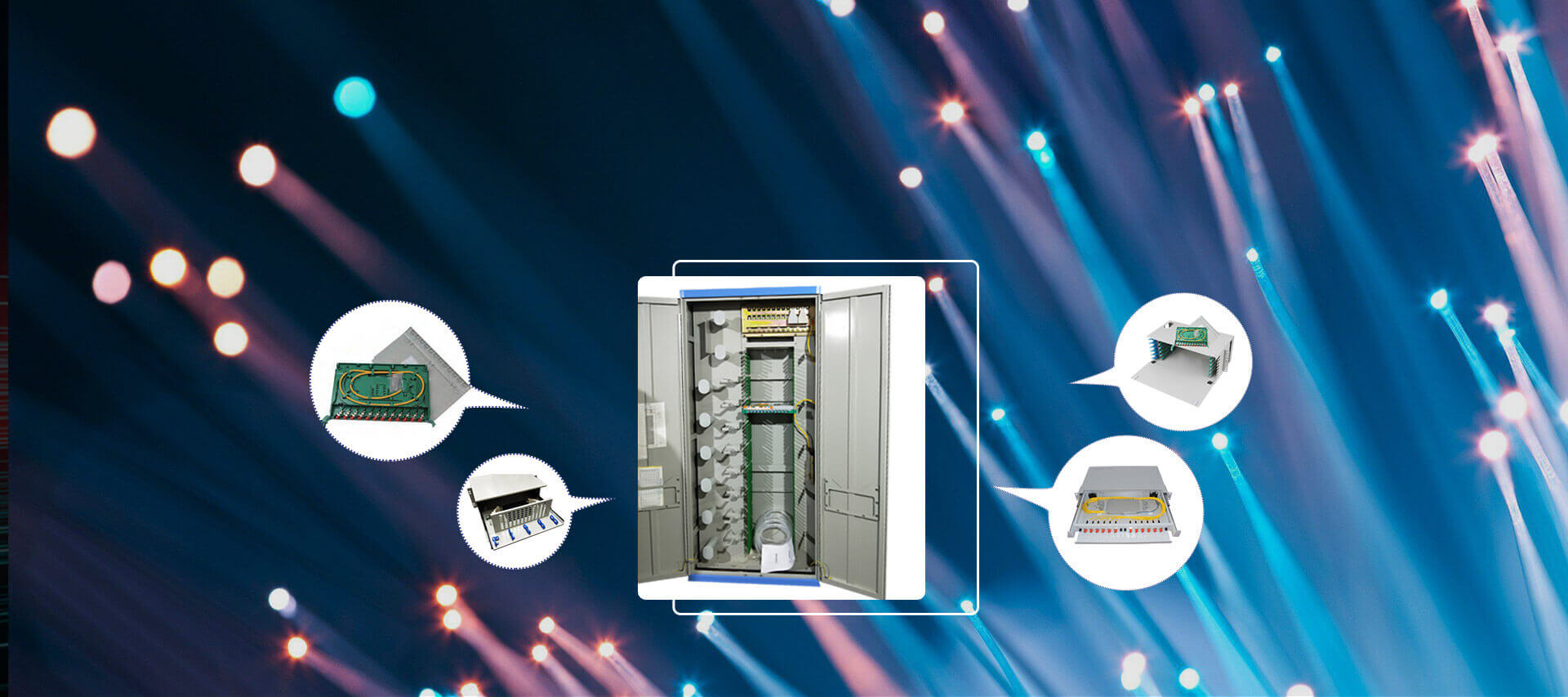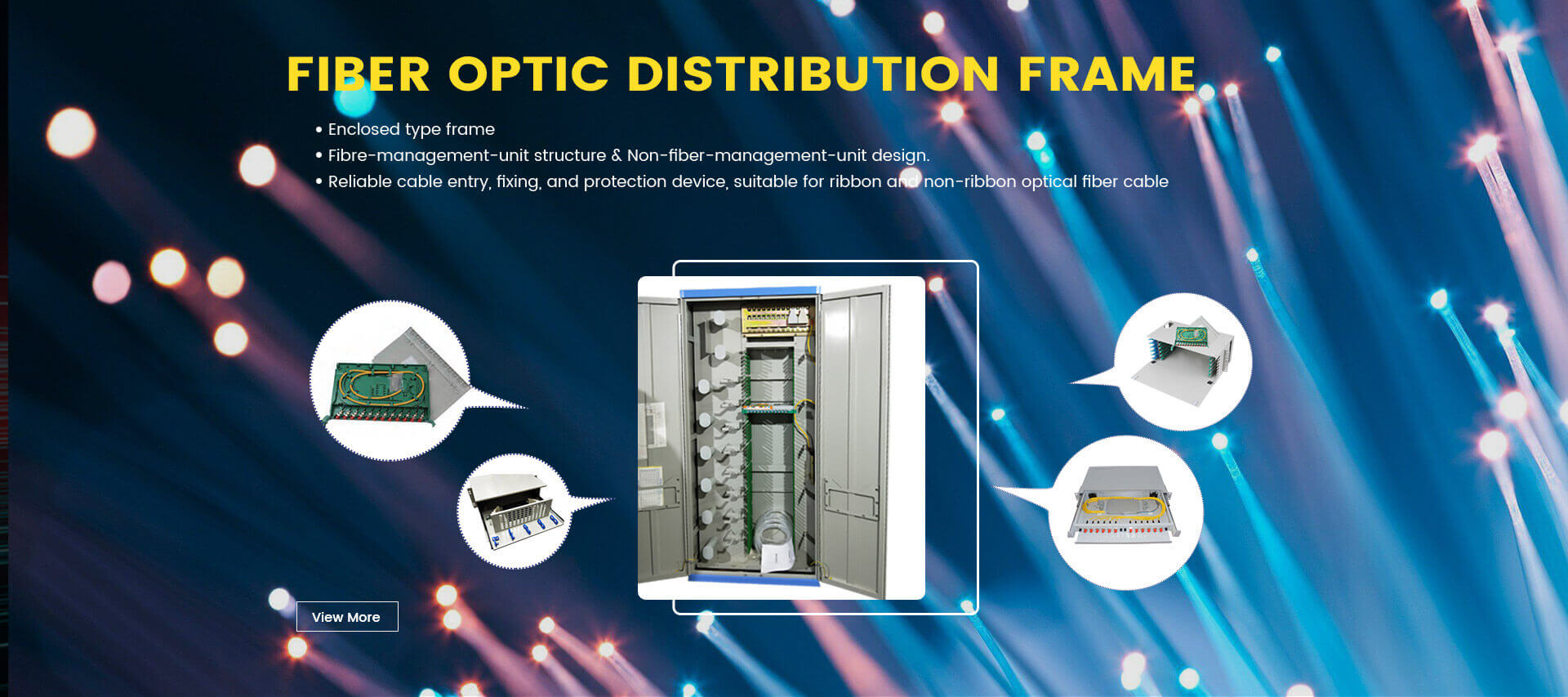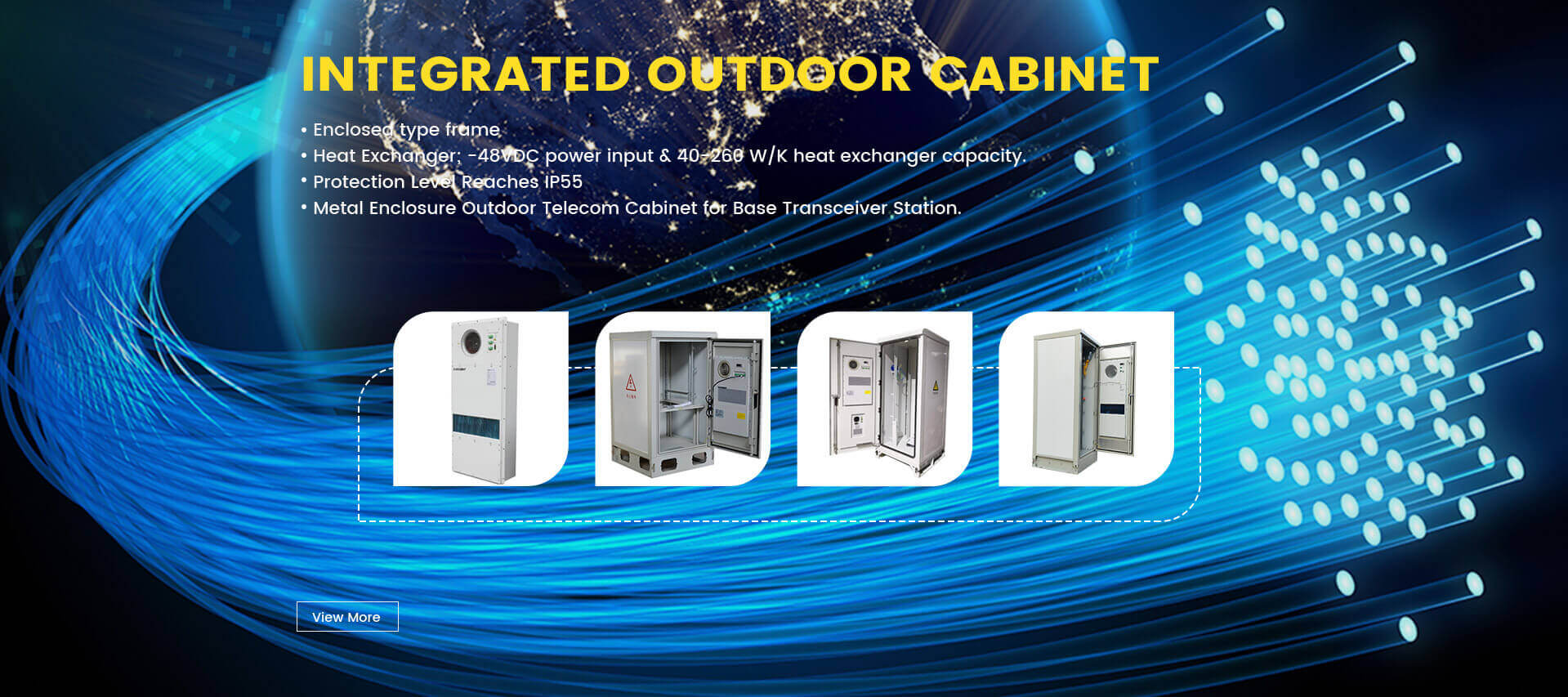Fibre Optic Splice Closure
Fibre optic cables have revolutionized the telecommunications industry by providing faster and more reliable data transmission over long distances. However, these cables are vulnerable to damage from environmental factors such as moisture, extreme temperatures, and physical stress.
To ensure optimal performance and longevity of fibre optic networks, it is essential to protect them with appropriate enclosures. One critical component in protecting fibre optic cables is the fibre optic splice closure (FOSC). A FOSC is a protective housing that encapsulates spliced or terminated optical fibers to prevent damage from external elements.
These closures not only protect the fibres but also maintain their signal strength for uninterrupted data transmission. In this article, we will explore the importance of FOSCs in protecting fibre optic cables and discuss different types of FOSCs available in the market. We will also highlight essential factors to consider when selecting an appropriate FOSC for your network and share tips on maintaining and troubleshooting these enclosures for optimal performance.
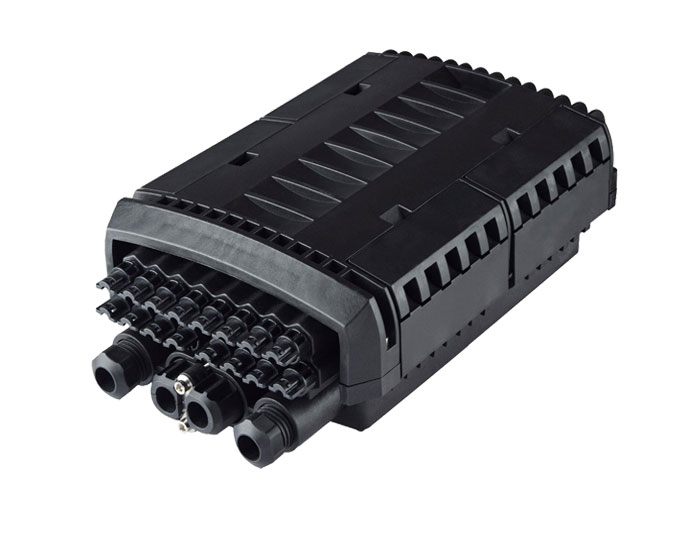
The Importance of Protecting Fibre Optic Cables
The protection of fibre optic cables is crucial in ensuring the reliable and uninterrupted transmission of data, particularly in harsh outdoor environments where they may be exposed to physical and environmental hazards such as moisture, heat, and UV radiation.
There are several preventive measures that can be taken to protect these cables from damage caused by weather conditions or rodent activity. It is important to ensure that the cable management system is properly installed to prevent any potential damage during installation or maintenance.
One of the most common causes of fibre optic cable damage is exposure to weather conditions such as rain, snow, and extreme heat. To prevent this type of damage, it is essential to use appropriate protective covers or enclosures for the cables. These covers should be made of materials that are resistant to UV radiation and other environmental factors. Additionally, proper installation techniques should be followed to ensure that the cables are securely attached to poles or other support structures.
Another important aspect of cable management is preventing rodent damage. This can be achieved by using a variety of techniques such as burying the cables underground or installing barriers around them.
By taking these preventive measures and implementing effective cable management strategies, fibre optic cables can be protected from potential hazards and ensure uninterrupted data transmission.
What is a Fibre Optic Splice Closure?
A device used in telecommunications that facilitates the connection of optical fibers is commonly known as a junction for fiber optic wires. This device is more formally referred to as a fiber optic splice closure (FOSC).
FOSCs are designed to protect splices between two or more fiber optic cables and provide a safe environment for the installation process. They are also effective in guarding against weather conditions that may damage or affect the performance of the cable.
Fiber optic splice closures come in different sizes and cable capacities, depending on their intended use. They also feature different sealing mechanisms that ensure their compatibility with various cable types, such as loose tube and ribbon cables.
The installation process of a FOSC involves positioning it at a suitable location along the length of the cable that is secured, which is usually done by clamping it onto poles or towers. Once installed, FOSCs are expected to offer long-term protection to spliced cables against adverse weather conditions, insects, rodents, and other physical threats.
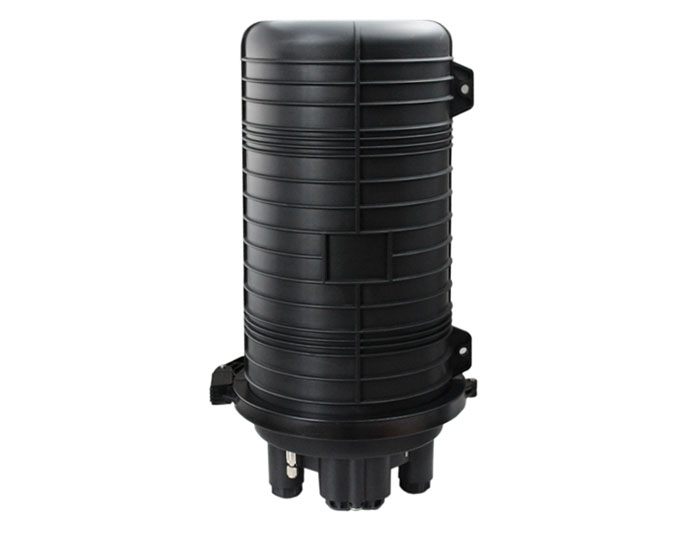
Types of Fibre Optic Splice Closures
Various varieties of fiber optic splice enclosures are designed to cater to different installation methods, material options, capacity variations, weather resistance, and application suitability. Some types of splice closures require a lot of time and effort for installation, while others can be installed quickly with minimal expertise.
The installation method is usually determined by the environment where the enclosure will be used. Material options also vary among different types of splice closures. Some enclosures are made from plastic materials that offer decent protection in normal conditions, while others use metal or other sturdy materials that provide better protection against harsh environments.
Capacity variations also differ between different types of fiber optic splice closures. Splice enclosures come in various sizes to accommodate varying numbers of fibers depending on an organization's needs. Weather resistance is another essential factor when choosing a fiber optic splice enclosure type.
Enclosures designed for outdoor use must have excellent weather-resistant capabilities to protect the fibers inside from moisture damage caused by rain and snow or extreme temperatures like those found in desert areas or high altitudes. Finally, it is crucial to consider the suitability of an enclosure's application before selecting one as some may only be suitable for specific applications such as aerial installations or underground installations.
Factors to Consider When Selecting a FOSC
When selecting an enclosure for fiber optic splicing, material selection is a crucial factor to consider. The most common materials used for FOSC are plastic and metal. Plastic enclosures are cheaper, lightweight, and easier to install, but they may not be durable enough for harsh environments. Metal enclosures, on the other hand, offer greater durability and can withstand extreme weather conditions but tend to be more expensive.
Cable capacity is another key factor that plays a critical role in choosing the right FOSC. The size of the closure should be determined by the number of cables it needs to accommodate in order to avoid overloading or underutilizing the enclosure.
Environmental factors such as temperature, moisture levels, UV radiation exposure, and corrosive substances must also be taken into account when selecting an appropriate FOSC.
Additionally, the installation process should be considered carefully since some closures may require special tools or equipment which could add extra costs to the project.
Finally, cost-effectiveness is important because it determines how much value you get out of your investment while meeting all your requirements at a reasonable price point.
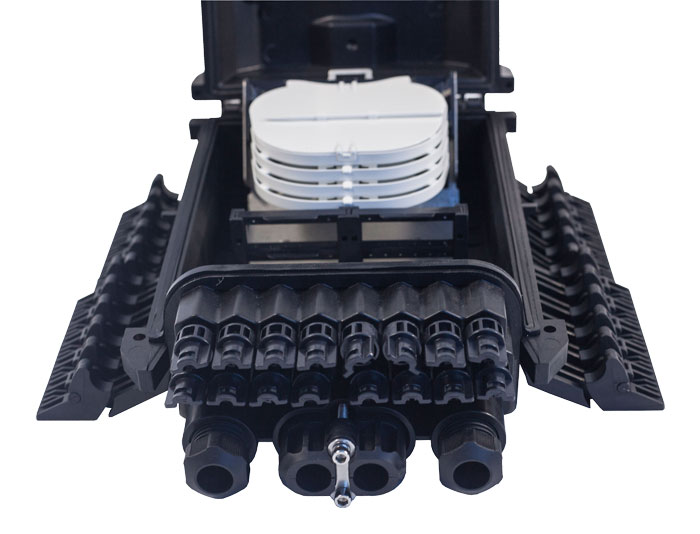
Maintaining and Troubleshooting FOSCs for Optimal Performance
Ensuring the smooth operation of fiber optic splicing enclosures requires regular maintenance and timely troubleshooting to address any issues that may arise, akin to tending a garden to prevent weeds from taking over. Preventive maintenance is critical in minimizing downtime and extending the life of the equipment. It involves cleaning, inspection, and replacement of worn-out components such as gaskets, seals, and splice trays.
The following are some common issues that can affect FOSC performance:
1. Cable damage: This occurs when cables are not properly secured or protected during installation or maintenance activities. It can result in signal loss, data corruption, or physical damage to the cable.
2. Contamination: This refers to the presence of dust, dirt, oil, or moisture on optical surfaces which can degrade signal quality and cause attenuation.
3. Splice quality: Poorly executed splices can lead to high insertion loss and reflectance which affects signal strength.
To maintain optimal FOSC performance, it is important to implement repair techniques that address these issues promptly. For instance, damaged cables should be repaired using appropriate tools and techniques while contaminated surfaces should be cleaned with lint-free wipes and approved solvents before reassembly. Additionally, performance testing should be carried out regularly using appropriate equipment such as an optical time-domain reflectometer (OTDR) to ensure the proper functioning of the system.
Proper cable management practices such as labeling cables for easy identification also enhance maintenance efforts by reducing confusion during repairs and replacements.
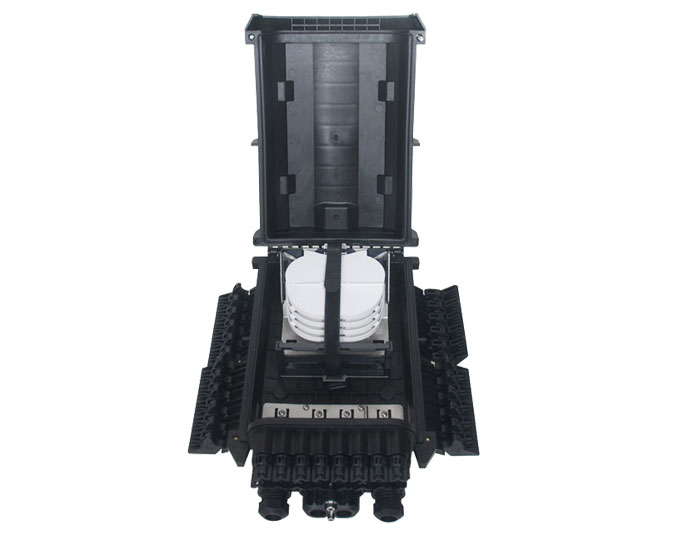
Are FOSCs compatible with all types of fibre optic cables?
Fiber Optic Splice Closure (FOSC) is a device used to protect spliced fiber optic cables from the environment. They are designed to be compatible with a wide range of fiber optic cable types, including both single-mode and multi-mode fibers, and various cable constructions such as a loose tubes, tight buffered, and ribbon cables.
However, not all FOSCs are universally compatible with all types of fiber optic cables. When choosing a FOSC, factors such as the number of fibers to be spliced, the cable diameter, and the cable construction need to be considered. Some FOSCs are specifically designed for certain cable types or applications, while others are more universal.
It's also important to consider the type of environment in which the FOSC will be deployed. Some FOSCs are designed for aerial, duct, direct-buried, or manhole applications, while others are suitable for indoor use.
In summary, while FOSCs are compatible with a wide range of fiber optic cables, the specific compatibility depends on the design of the FOSC and the type of cable and application. Always check the specifications of the FOSC and consult with the manufacturer if you're unsure.
Can FOSCs be used in extreme weather conditions?
Yes, many Fiber Optic Splice Closures (FOSCs) are designed to be used in a wide range of environmental conditions, including extreme weather.
FOSCs typically provide a sealed environment for the spliced fibers, protecting them from moisture, dust, temperature changes, and mechanical stress. They are often used in outdoor installations where they are exposed to the elements and therefore need to be able to withstand these conditions.
However, not all FOSCs are created equal. Some are specifically designed for harsh environments and can withstand extreme temperatures, high humidity, and even submersion in water. Others may be designed for less demanding environments, such as indoor use or in mild climates.
It's important to check the specifications of a FOSC to make sure it's suitable for the intended application. This includes checking the IP (Ingress Protection) rating, which gives an indication of the FOSC's ability to resist ingress of dust and water, and the operating temperature range. It's also a good idea to consult with the manufacturer if you're unsure about the suitability of a particular FOSC for your application.
Publisher: Mjadom
Author: Andy

